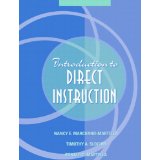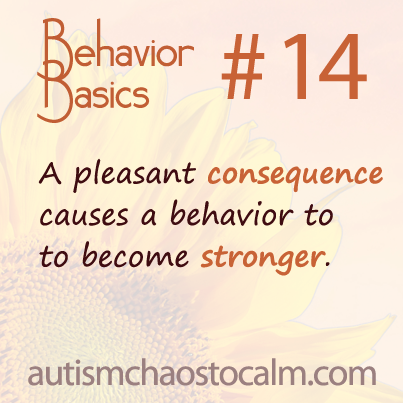Did you know that not only is TAgteach (Teaching with Acoustical Guidance) a great way to work with kids with autism, but it’s also a lot like on-line shopping? This may surprise you, so let me explain.
When you use TAGteach to teach any child (autism or not), you observe the child and decide which behaviors of the child you would like to increase.
For example, you might like the child to say “thank you” more often, or to spend more time with puzzles or books. When the child performs the desired behavior, you “tag” the behavior with a tagger (“clicker”), then give the child a treat (candy, token, special privilege) as a reinforcer.
These two actions, tag and treat, will result in the child performing that specific behavior more often and eventually, for longer times.
When you do on-line shopping, the process is almost identical. Let’s say your hobby is scuba-diving, and you’re interested in getting a new diving mask. You go to your favorite scuba gear online catalog. You browse through the items to see what you like. Ah ha! You spot the nifty Ocean Quest Arctic Clear High Definition Panoramic Purge Mask priced at $59, and you decide, “That’s for me!” You click on the item, add it to your cart, then go to the online checkout to pay for it. You click, you pay, and soon this great new mask arrives on your doorstep.




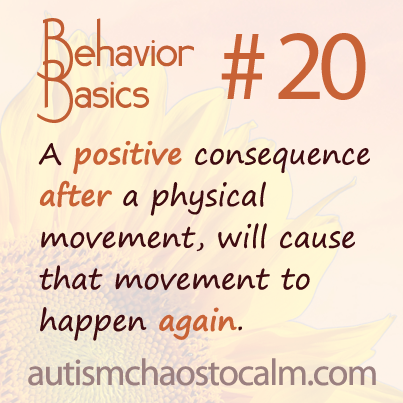
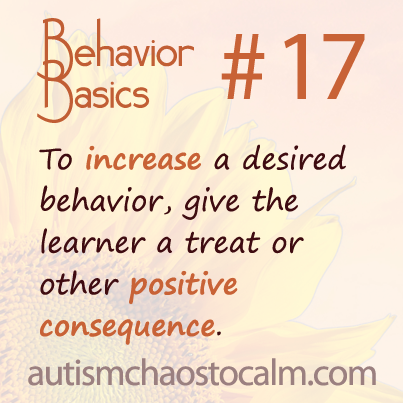
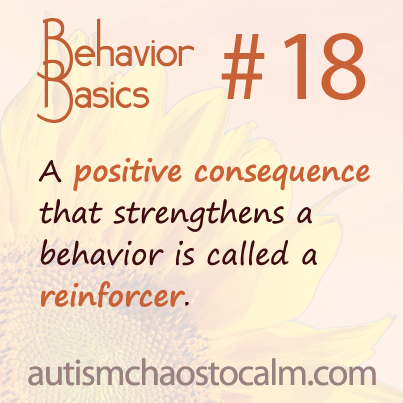
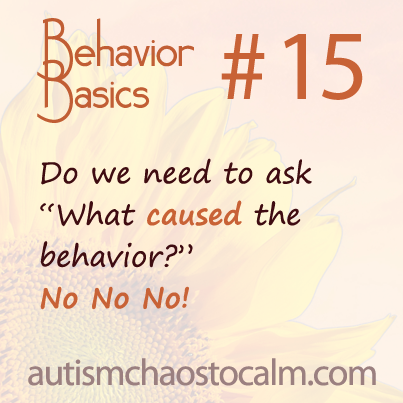
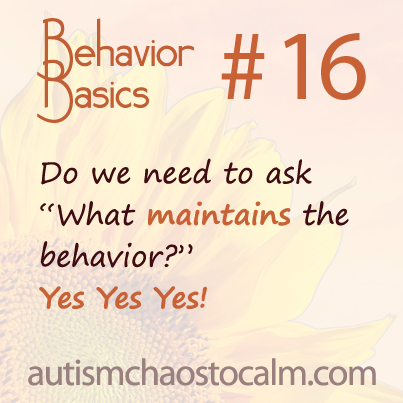
 By Susan Orloff OTR/L/FAOTA
By Susan Orloff OTR/L/FAOTA